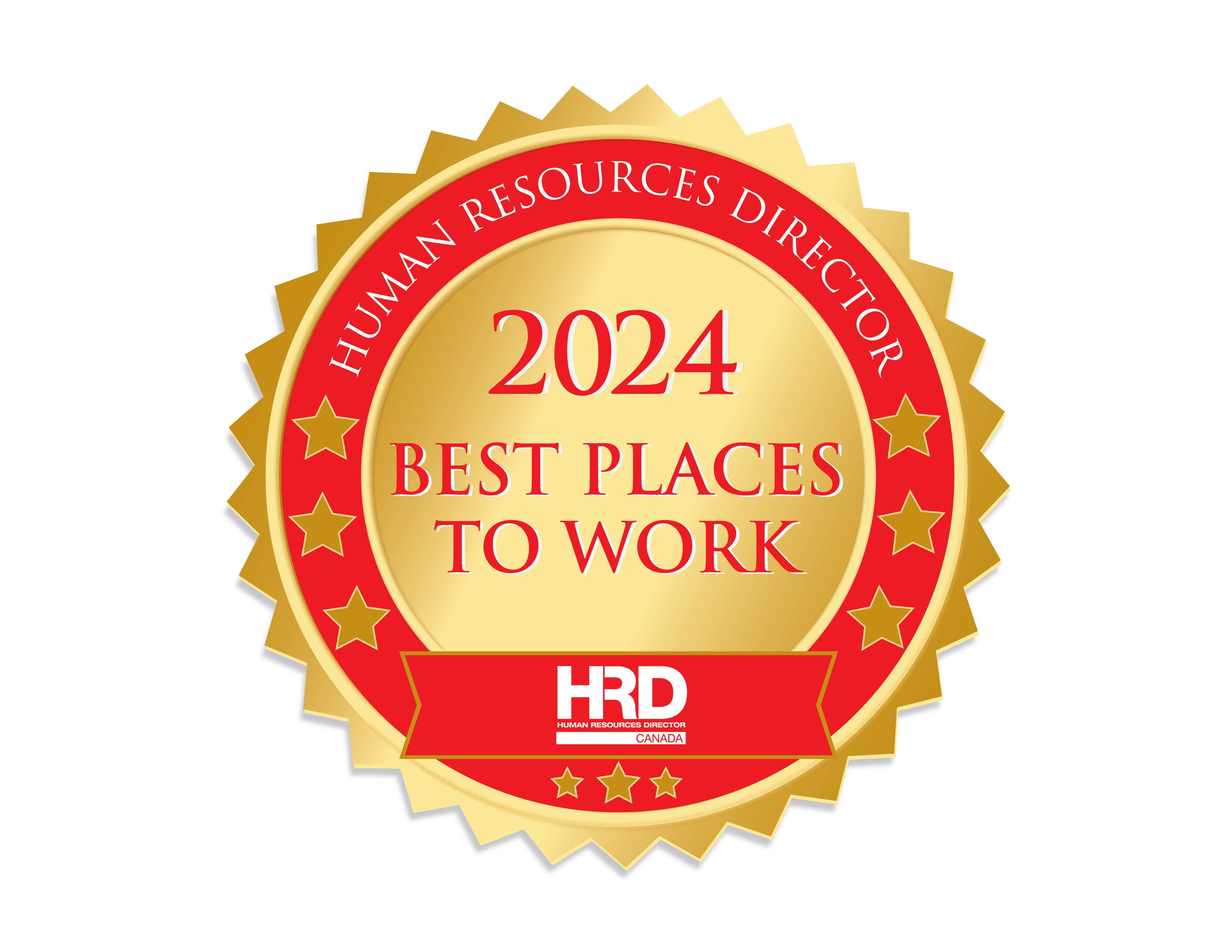
Guest Post by: Kanwaljit Kaur, PhD, EP
Guest Contributors: Angella Vertzaya, P.Eng, M.Eng, and Chandra Tomaras, P.Eng, LLB
The City of Edmonton is known for its year-round festivals, being the home to Canada’s largest living museum (Fort Edmonton Park), having the largest stretch of urban parkland in North America, and being a leader in innovative environmental initiatives.
The City’s innovative municipal action demonstrates the leadership our country can, and should aspire to, on a national scale
The City of Edmonton’s innovative environmental initiatives have been recognized time and again, most recently with the city being named the Earth Hour Capital of Canada this March through the World Wildlife Fund’s (WWF) Earth Hour City Challenge.
Edmonton has a strong commitment to environmental stewardship, setting and working towards impressive sustainability goals such as zero waste and carbon neutrality. To achieve these goals, the city collaborates, encourages, and partners with citizens, other levels of government, businesses, and community organizations. It has also established an Environmental Management System based on the ISO 14001 Standard.
Globally, ISO 14001 is one of the most widely recognized standards used to help thousands of industries and institutions improve their environmental performance. Based on the PDCA (Plan-Do-Check-Act) cycle, the standard offers a unique opportunity for organizations to set internal environmental goals and achieve continual improvement for their environmental performance.
When did the City of Edmonton’s ISO 14001 journey begin?
In 2004, City Council adopted City Policy C505, underlining the need to establish an Environmental Management System (EMS) designed to the ISO 14001 Standard. The intention was to have all high-priority environmental areas within the City comply with the standard by the end of 2008.
How did the City of Edmonton achieve ISO 14001 Certification?
Edmonton began implementing EMS by securing dedicated resources to develop, implement and maintain the EMS. As implementation progressed in areas, a core set of procedures were developed to establish consistency between the developing systems. Check; Kroger Weekly Ad, ALDI Weekly Ad, ALDI Catalogue, IGA Catalogue, Meijer Weekly Ad, Publix Weekly Ad, Coles Catalogue, Supercheap Auto Catalogue.
The city started its EMS program “Enviso” and between 2005 and 2010, Edmonton’s environmentally high-priority branches were certified to ISO 14001:2004. Originally there were nine separate certifications that included the following:
• Neighbourhood Parks and Community Recreation;
• Fleet Services;
• Buildings, LRT, and Road Design and Construction;
• Transportation Operations and Transportation Planning;
• Fire Rescue Services;
• Community and Recreation Facilities;
• Drainage Services;
• Edmonton Transit; and,
• Waste Management.
The strengths of how it was implemented
The City of Edmonton’s approach towards designing and implementing its EMS is based on implementing EMS systems around smaller operational units rather than larger city organizational units (i.e. several EMS systems rather than one large EMS system). This allows the systems to be flexible and makes environmental objectives, targets, and programs relevant to staff within these units. Furthermore, there is great effort through training to ensure staff are competent and empowered to make a difference.
The challenges of how it was implemented
From aligning EMS objectives of one system to another, to gaining support from stakeholders, the challenges came in all forms. As well, multiple systems present a risk that the individual EMS systems may become silos and beneficial information may not be transferred between departments. Step by step, the city has been dealing with these challenges.
The results
As a result of Enviso, there have been improvements in the processes used to manage risks and opportunities related to the environment.
These system-based achievements include:
• A strong focus on controlling activities that could cause negative environmental impacts through procedures and other mechanisms;
• A more systematic approach to manage environmental regulatory compliance with frequent audits, and ongoing review of legal requirements; and,
• Overall greater awareness of environmental issues throughout the corporation.
The following achievements demonstrate how the City of Edmonton leads by example:
• Buildings, LRT, and Road Design and Construction collaborated to develop an award-winning ECO PLAN FRAMEWORK. In 2008, Alberta Transportation and the cities of Calgary and Edmonton developed a common Environmental Construction Operations (ECO) Plan Framework (the Framework) to meet the needs of these organizations.
• Neighbourhood Parks and Community Recreation has MINIMIZED THE PESTICIDE USED to manage safe levels of bacterial water quality in Hawrelak Lake by separating areas of the lake that do not require treatment. This initiative has resulted in a further 35% reduction in pesticide treatment.
• Fleet Services undertook an UNDERGROUND STORAGE TANK IMPROVEMENT PROGRAM to renew older fuel stations containing singled-walled underground storage tanks (USTs), decommission older fuel sites, and replace waste/new oil USTs with above ground storage tanks.
• Drainage Services came up with RIVER FOR LIFE, a plan and renewal process to continually reduce pollutant discharges to the North Saskatchewan River.
• Waste Management Services (WMS) – ADVANCED ENERGY RESEARCH FACILITY (AERF). This facility was completed in 2012 with joint funding from WMS and Alberta Innovates – Energy and Environment Solutions. The facility houses a pilot scale gasification unit and laboratories for R&D and technology development in the waste-to-biofuel area. The AERF provides unique research and development opportunities to test diverse waste materials that cannot be recycled or composted.
• Transportation Operations/Transportation Planning launched LED STREET LIGHT REPLACEMENT PROGRAM in 2011, currently the largest municipal replacement program in Canada, and MATERIALS RECYCLING,including sand and aggregate recycling programs.
• Fire Rescue Services constructed STATIONS TO LEED SILVER STANDARD.
• Edmonton Transit has seen a sustained increase in RIDERSHIP.
• Community and Recreation Facilities uses INTEGRATED PEST MANAGEMENT to apply biological controls and use less toxic pesticides for pest management. The Muttart Conservatory also made significant reductions in pesticide usage in their greenhouse operations.
The City of Edmonton has won the award in the category of planning for its ISO 14001 environmental management systems (Enviso) and Ministers Award of Excellence for process innovation for the ECO Plan framework.
The Future
With the ISO 14001 standard being revised and Draft International Standard (DIS) already issued, Edmonton is already planning its transition to the revised standard. The city is actively participating in the revision process, contributing to the work of the Canadian Mirror Committee and International Technical Committee. Edmonton has also started to identify implications to the city and business units as a result of the new ISO 14001 Standard, and will develop a plan to address changes in the revised ISO 14001 Standard.
The City of Edmonton is aware of the need to keep its employees abreast of the changes and to prepare them to not only fulfill their role today, but also ensure they have the skills needed for future success. Other tools the city is using to achieve its goal of being a leader in environmental sustainability include “The Way We Green” and the “Triple Bottom Line Tool.” Edmonton’s strategic plan, “The Way We Green,” defines how the city will achieve environmental sustainability, while the “Triple Bottom Line Tool” and “Sustainability Lens Tool” help guide decision making.
In the years to come, the City of Edmonton will continue to lead by example.
About the authors:
Kanwaljit Kaur, PhD, EP, works as Director, Capacity Building with Sustainability Consulting Division, Ketek Group Inc. Angella Vertzaya, P.Eng., M.Eng., is a Senior Environmental Project Manager with the City of Edmonton’s Urban Planning and Environment Branch, City Environmental Strategies. Chandra Tomaras, P.Eng, LLB, is the City of Edmonton’s Program Manager for the City’s ISO 14001 Environmental Management System.



